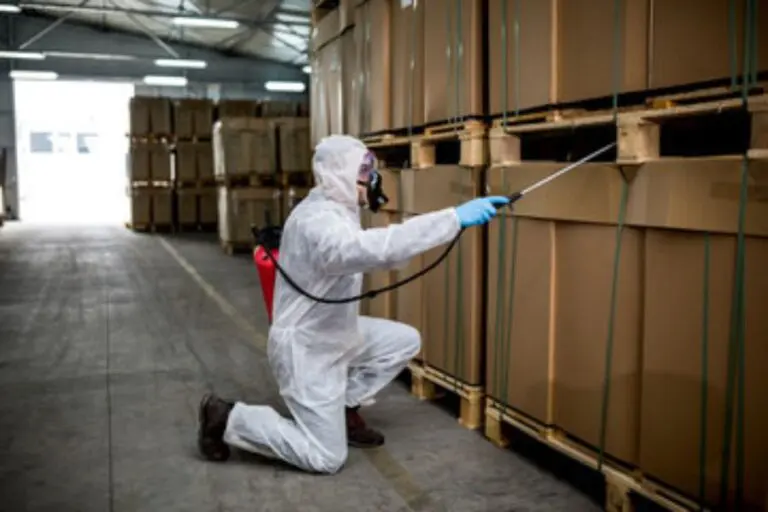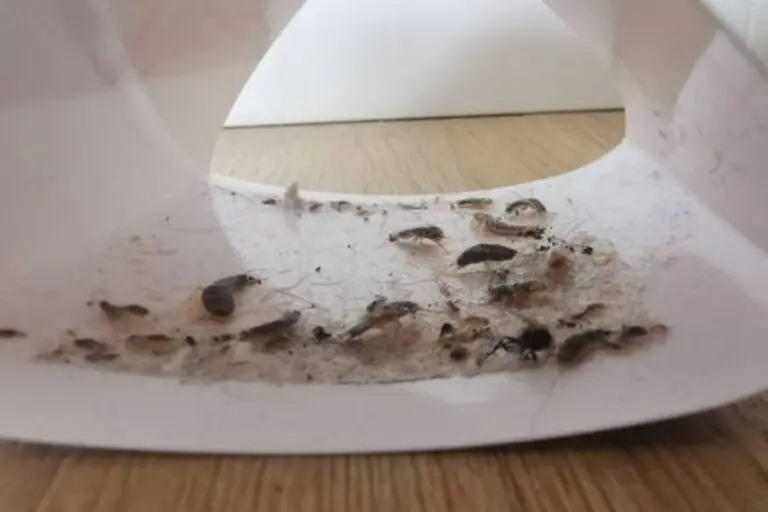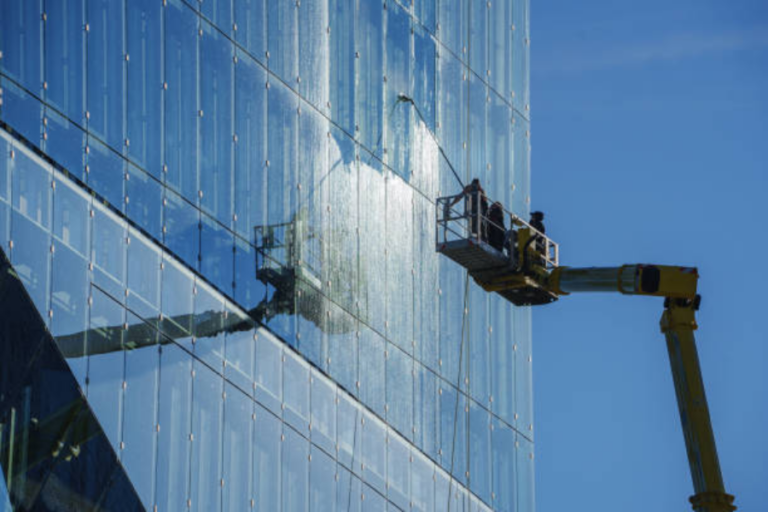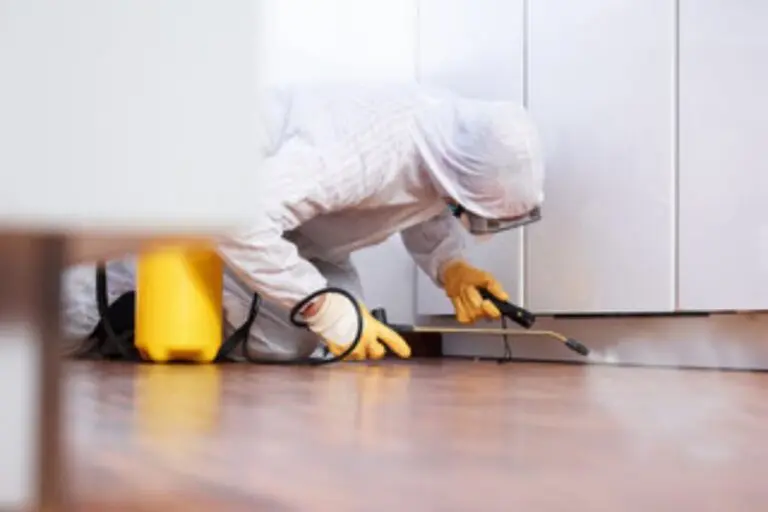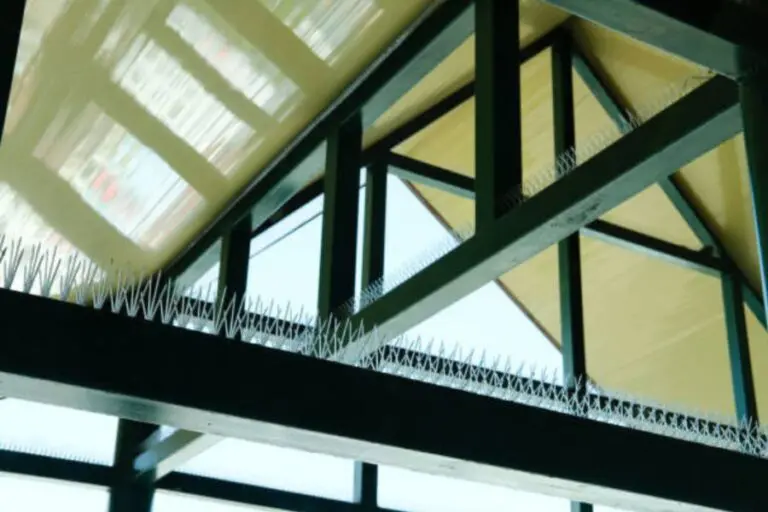The Dangers of Ignoring Wasp Nests: Health, Safety & Property Risks
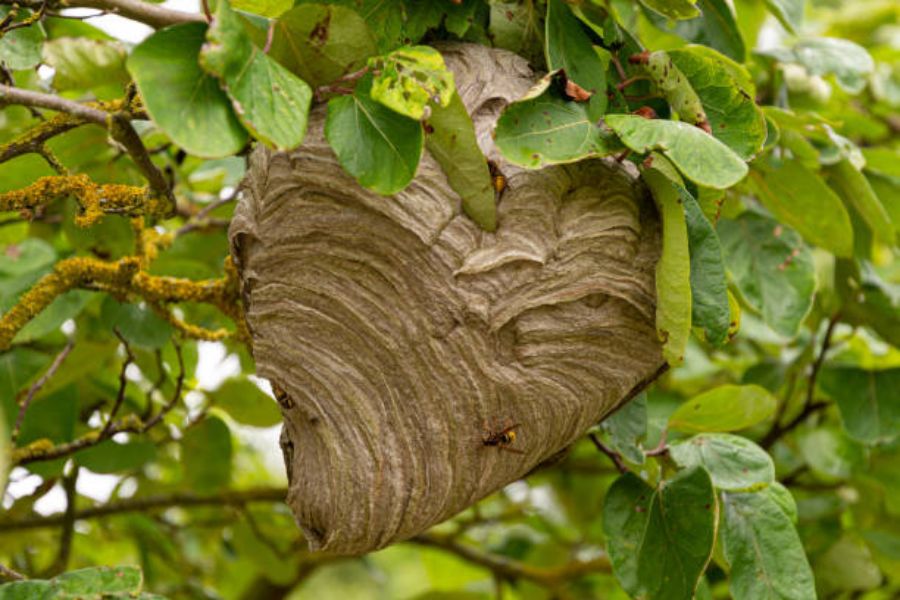
The Risks of Leaving a Wasp Nest Untreated: A Comprehensive Guide
Encountering a wasp nest on your property can be intimidating, but leaving an untreated nest is not only a nuisance—it can lead to many risks, ranging from health and property hazards to ecosystem disruptions. In this guide, we emphasise the importance of professional intervention in addressing an untreated nest, discuss the potential dangers of an untreated nest, and outline the benefits of addressing the problem promptly. Whether you are a homeowner, business owner, or property manager, understanding the risks of an untreated nest can empower you to make informed decisions for your safety and the well-being of your property.
The Health Risks of an Untreated Wasp Nest
One of the most immediate dangers of an untreated nest is the potential for painful and potentially severe wasp stings. Wasps are naturally territorial and aggressively defend their nest if threatened. Leaving an untreated nest increases the likelihood of accidental encounters with these stinging insects, especially in areas frequented by people, such as backyards, gardens, and entryways.
Multiple Stings: Wasps can sting multiple times, unlike bees. When provoked, wasps from an untreated nest can swarm and sting numerous times, leading to considerable pain, swelling, and discomfort. For individuals with sensitive skin, multiple stings from wasps can result in severe allergic reactions.
Allergic Reactions: An untreated nest is particularly hazardous for individuals allergic to wasp venom. Wasp stings can trigger severe allergic reactions, including anaphylaxis, a potentially life-threatening condition. Symptoms of anaphylaxis can include difficulty breathing, swelling, and loss of consciousness, which may require immediate medical intervention.
Secondary Infections: Wasps’ stings can also lead to secondary infections if not properly managed. Scratching or failing to clean stings increases the risk of bacterial infections, which can further complicate recovery, especially for young children, the elderly, or individuals with weakened immune systems.
Mental Health Impacts: The presence of an untreated nest can also take a toll on mental health, leading to chronic anxiety and stress for residents. Many people develop an increased fear of wasps after being stung, and knowing that an untreated nest is nearby can contribute to heightened anxiety, sleep disturbances, and even phobias in severe cases.
Risks of DIY Removal of an Untreated Nest
Attempting to remove an untreated nest on your own can be hazardous. With proper knowledge, experience, and equipment, you can avoid provoking the wasps and worsening the situation.
Aggressive Swarms: Wasps are highly protective of their nests. Disturbing an untreated wasp nest can trigger an aggressive swarm response, often leading to multiple stings. These swarms are especially dangerous because wasps release pheromones that attract more wasps from the colony to the defence, leading to intense attacks.
Severe Allergic Reactions: If you are unaware of your allergy status or have a mild allergy, attempting to remove an untreated nest without protective equipment can expose you to potentially life-threatening reactions.
Property Damage: Inexperienced individuals may attempt removal methods that cause unintentional harm. For instance, using fire or hazardous chemicals on an untreated nest is dangerous and can lead to burns, structural damage, or harmful chemical exposure. Using pesticides without proper knowledge can also harm other inhabitants, including pets, and may pollute local environments.
Property Damage from an Untreated Wasp Nest
Leaving a wasp nest untreated can lead to significant property damage over time, mainly if the nest is located within the walls, attic, or other hidden areas of your home.
Structural Damage: Wasp nests are made from a papery material created by chewing wood fibres and mixing them with saliva. Over time, wasps can chew through wooden beams, plaster, and other building materials, weakening the property’s structural integrity. An untreated nest inside walls or attic spaces may lead to costly repairs and compromise the building’s safety.
Water Damage: If wasps nest inside wall cavities or near water pipes, the nest can obstruct or damage plumbing over time. An untreated nest in a high-humidity area or near leaky pipes can worsen water damage and contribute to mould growth, exacerbating indoor air quality issues.
Electrical Hazards: An untreated nest in the attic or walls can also increase the risk of electrical issues, as wasps or secondary pests attracted to the nest may chew through wiring, creating fire hazards and compromising electrical systems.
Increased Maintenance Costs: Over time, an untreated nest leads to continuous cleaning needs, as wasp droppings, carcasses, and debris accumulate. The longer a nest remains untreated, the more costly it becomes to address secondary maintenance needs and repairs.
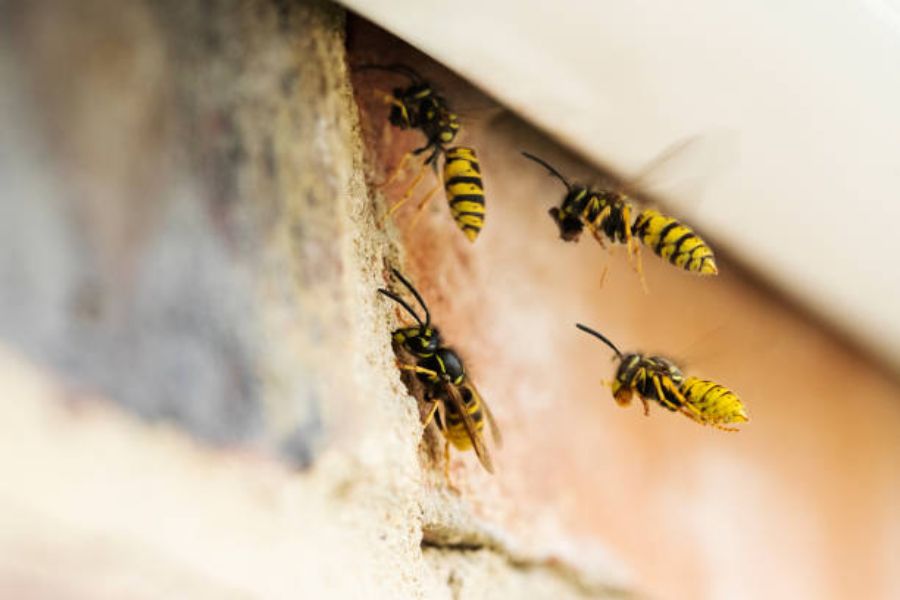
Legal and Environmental Risks of an Untreated Wasp Nest
Neglecting an untreated wasp nest can result in legal liabilities and environmental concerns, mainly if the nest is located near public areas or in high-traffic spaces.
Legal Liability: If someone is stung by wasps from an untreated wasp nest on your property, you may be held liable, mainly if the untreated nest is known to pose a risk to neighbours, visitors, or workers. Homeowners or property managers may face legal repercussions, including lawsuits if an untreated nest causes harm to guests or passers-by.
Community Safety Risks: If the untreated wasp nest is in a communal area, such as an apartment complex or shared garden, it can pose a safety risk to the entire community. Ensuring the removal of an untreated nest in shared spaces can prevent potential injuries or accidents, especially among children or the elderly, who may be more vulnerable.
Environmental Impact of Chemicals: If not done responsibly, attempting to address an untreated nest with harmful pesticides can affect local wildlife, such as birds, butterflies, and bees. The chemicals used in DIY wasp nest removal can harm beneficial species, upsetting the natural balance of the environment.
Identifying an Untreated Wasp Nest and Signs of an Active Nest
Identifying an untreated wasp nest early can make all the difference in managing risks effectively. Wasps build their nests in sheltered areas, such as eaves, roof overhangs, attics, and wall voids, where they’re less likely to be disturbed. The following signs can help you identify an untreated nest:
Increased Wasp Activity: One of the most telling signs of an untreated nest is frequent wasp sightings near a particular area. If wasps fly in and out of a specific location, such as a gap in the roof, it’s likely an untreated nest.
Visible Nest Structure: Wasps’ nests have a papery appearance with a layered, greyish look. An untreated nest in its early stages may be small but becomes more visible as it grows. Larger nests are often unmistakable and indicate a significant presence of wasps.
Persistent Noise: In some cases, wasps buzzing can be heard if an untreated nest is inside the walls or attic. This noise becomes more noticeable as the colony grows, especially in quiet environments.
How an Untreated Nest Affects Pest Infestations
An untreated nest attracts wasps and can also attract other pests. A wasp nest creates an environment attractive to additional insect and animal species, which can lead to broader pest issues on the property.
Secondary Pests: Wasps are predators that feed on other insects, such as caterpillars, aphids, and flies. An untreated nest can attract these prey insects, increasing their populations around your property and leading to additional infestations.
Rodents and Birds: The residue left behind by an untreated nest, including bits of food and nesting material, can attract rodents, birds, and other predators. These animals may try to access the nest, leading to potential secondary damage and increased pests on the property.
Spread of Disease: An untreated nest can also spread bacteria and other pathogens, as wasps and other insects that may come into contact with the nest can carry germs back into human spaces.
Impact of an Untreated Nest on Local Ecosystem and Biodiversity
Leaving a wasp nest untreated impacts your property and the surrounding ecosystem. As predators and pollinators, wasps play a unique role in their environment, but an unchecked, untreated nest can disrupt this balance.
Overpopulation of Wasps: An untreated nest grows over time, leading to a larger population. As the nest expands, it can increase wasp numbers in the area, affecting the ecosystem by over-predating other insect populations, including essential pollinators.
Competition with Other Pollinators: Although wasps do some pollination, they can also compete with bees and butterflies for floral resources, particularly as the population from an untreated nest grows. This competition can reduce pollination of nearby plants, impacting gardens and local biodiversity.
Disruption of Natural Pest Control: Wasps help control pest populations; however, an untreated nest can unbalance this natural role by leading to excessive wasps, which over-predate certain insect species. This can cause unintended consequences for nearby plants and gardens that rely on these insects for healthy growth.
The Role of Professional Services in Safely Addressing an Untreated Nest
Professional pest control services are essential for safely and effectively managing an untreated nest. Unlike DIY methods, professionals have the equipment, knowledge, and experience needed to remove the nest with minimal risk.
Specialised Equipment: Professionals use specialised tools and protective gear to handle and remove an untreated nest safely, minimising the risk of stinging. They also use industry-approved chemicals that are less harmful to the environment and non-target species.
Complete Eradication: Pest control professionals ensure that the nest and any wasps are entirely removed. They use methods that prevent re-infestation, helping to ensure that the wasps don’t return to rebuild in the exact location.
Long-Term Prevention: After removing an untreated nest, professionals can advise on preventive measures, such as sealing cracks, managing vegetation, and applying treatments to discourage new nests. This comprehensive approach minimises the likelihood of future infestations.
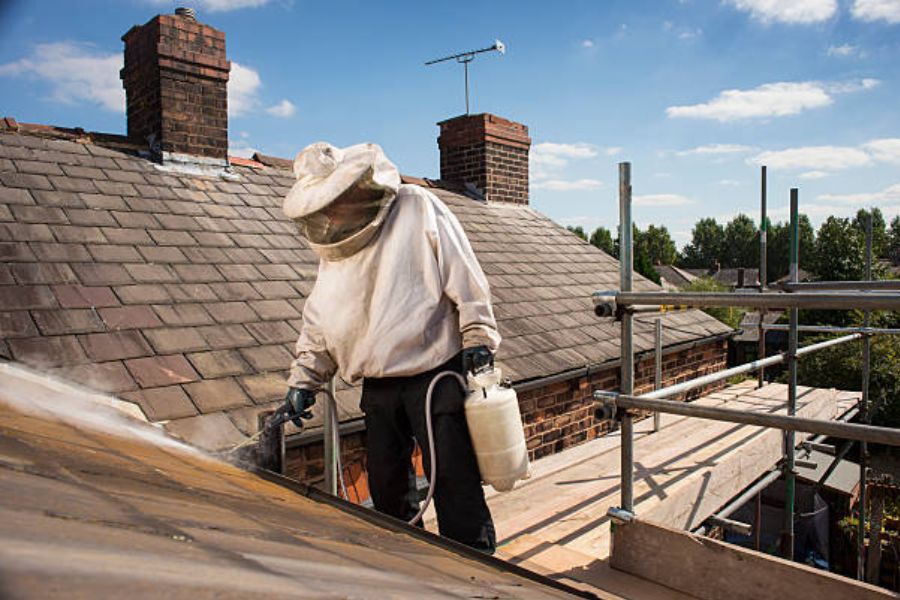
Long-Term Prevention After Removing an Untreated Nest
Removing an untreated nest is the first step in preventing wasps from returning. Long-term prevention is critical to maintaining a safe, wasp-free environment.
Sealing Entry Points: Professionals can identify gaps, cracks, and other openings where wasps might try to re-enter. Sealing these entry points helps protect your property from future nests.
Routine Inspections: Scheduling periodic inspections, especially during warmer months, helps catch potential nests early, reducing the chance of dealing with another untreated nest.
Landscaping Adjustments: Trimming back trees, shrubs, and other vegetation around the property reduces sheltered areas for wasps to nest. By managing landscaping, you can discourage wasps from building a new nest nearby.
Natural Repellents: Using natural repellents like peppermint oil or eucalyptus around entry points or windows may also help deter wasps from settling near your home.
Addressing an Untreated Nest is Crucial
The dangers of an untreated nest extend beyond simple nuisance to health risks, property damage, legal concerns, and environmental impacts. Addressing an untreated nest as soon as it’s noticed is essential for maintaining a safe, healthy, and balanced environment on your property. Whether through professional pest control services or preventive measures, promptly dealing with an untreated nest is the best way to protect your property and community.
Contact a Professional for Untreated Wasp Nest Removal
If you’ve identified an untreated nest on your property, don’t hesitate to seek professional help. At GoKill Pest Control we are experts who can safely remove the nest, provide effective prevention measures, and ensure your property remains wasp-free in the long term.
